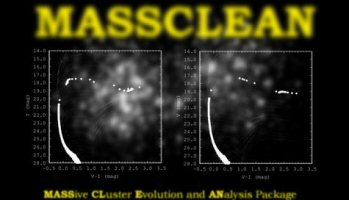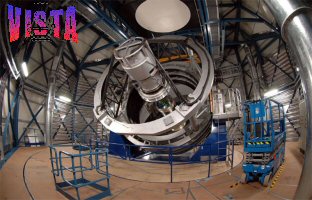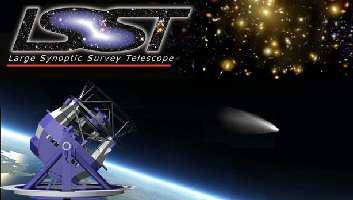 |
 |
 |
||||
| MASSCLEAN logo, copyright Bogdan Popescu and Margaret Hanson | VISTA Telescope (Image credit ESO) | LSST logo. (Image credit: LSST Corporation, Bryn Feldman) | ||||
 |
 |
 |
||||
| MASSCLEAN logo, copyright Bogdan Popescu and Margaret Hanson | VISTA Telescope (Image credit ESO) | LSST logo. (Image credit: LSST Corporation, Bryn Feldman) | ||||
| Main Page | Curriculum Vitae | MASSCLEAN | VISTA | LSST | ||||
| Publications |
| 2014 A&A, 569, 24 | New galactic star clusters discovered in the VVV survey. Candidates projected on the inner disk and bulge | ||
| J. Borissova et al, including M.M. Hanson and B. Popescu, 2014, Astronomy & Astrophysics, 569, 24 | |||
| 2014 AAS, 223, 442.09 | Using MASSCLEAN to Describe Stellar Clusters Found in the Vista Variables in the Via Lactea (VVV) Survey | ||
| Bogdan Popescu, M.M. Hanson, J. Borissova, R. Kurtev, V.D. Ivanov, S.S. Larsen, M. Catelan, D. Minniti, P. Lucas, 2013 | |||
| American Astronomical Society, AAS Meeting #223, #442.09 | |||
| 2013 AAS, 222, 117.04 | The Mass of the Most Massive Star in Stellar Clusters Determined from 25 Million MASSCLEAN Monte Carlo Simulations | ||
| Bogdan Popescu, M.M. Hanson, J. Borissova, R. Kurtev, V.D. Ivanov, S.S. Larsen, M. Catelan, D. Minniti, P. Lucas, 2013 | |||
| American Astronomical Society, AAS Meeting #222, #117.04 | |||
| 2013 AAS, 221, 250.33 | Age Determination of VVV Clusters from 5 Million Monte Carlo Simulations | ||
| Bogdan Popescu, M.M. Hanson, J. Borissova, R. Kurtev, V.D. Ivanov, S.S. Larsen, M. Catelan, D. Minniti, P. Lucas, 2013 | |||
| American Astronomical Society, AAS Meeting #221, #250.33 | |||
| 2012 A&A, 537, 107 | VVV DR1: The first data release of the Milky Way bulge and southern plane from the near-infrared ESO public survey VISTA variables in the Vía Láctea | ||
| R.K. Saito et al, including M.M. Hanson and B. Popescu, 2012, Astronomy & Astrophysics, 537, 107 | |||
| 2011 BAAA, 54, 265 | The VVV Survey of the Milky Way: First Year Results | ||
| D. Minniti et al, including M.M. Hanson and B. Popescu, 2011, Boletín de la Asociación Argentina de Astronomía, vol.54, p.265-276 | |||
|
|
| VISTA Variables in the Vía Láctea (VVV) is one of the six ESO Public Surveys selected to operate with the new 4-meter VISTA Telescope. VVV is scanning the Milky Way bulge and an adjacent section of the midplane, where star formation activity is high. The survey will take 1929 hours of observations during five years (2010–2014), covering ~109 point sources across an area of 520 deg2, including 33 known globular and ~350 open clusters. During the First VVV Meeting we discussed the first scientific results of the VVV Survey and planed strategies for the next few years. |
|
Fifth VVV Science Meeting, 3-5 April 2014, Concon, Chile |
|
|
|
Third VVV Science Meeting, 22-24 March 2012, Viña del Mar, Chile |
|
|
|
First VVV Science Meeting, 8-10 December 2010, Viña del Mar, Chile |
|
|
|
|
| VVV Clusters and MASSCLEAN CMD Templates |
|
|
|
|
|
|
|
|
| Search for Clusters in VVV Survey |
|
|
|
|
This work is supported by the National Science Foundation under grant AST-0607497 and AST-1009550, to the University of Cincinnati. |